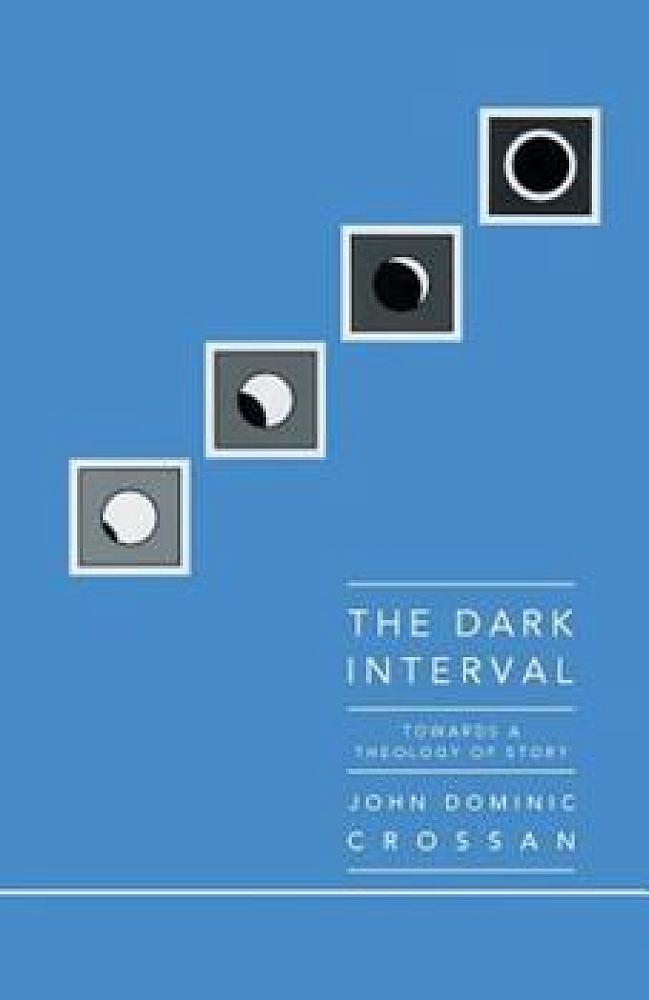
The Dark Interval: towards a theology of story.
Author: John Dominic Crossan Publisher: Polebridge Press, 1994. 130 pages. Reviewer: Adrian Skelton
I have long admired John Dominic Crossan’s erudite yet accessible studies of the historical Jesus, especially his work on parables. And yet, until a serendipitous find in a library, I had not encountered his 1975 slim volume, The Dark Interval: towards a theology of story.
Before discussing parable as a form of story, he sets out a theory that all narratives, all literature, lie on a spectrum from Myth to Parable. In between lie Apologue (e.g. Animal Farm), Action (most novels), and Satire (e.g. Gulliver’s Travels).
Apologue (the American spelling is Apolog), the category closest to Myth, comprises fables or allegories with a moral message. Satire, close to the Parable end of the spectrum, blatantly makes fun of stupidity, often in a political context. Notice that parables, rightly understood, are far from being allegories.
Myths build us a picture of the world: examples are the symbolic tales of religion and the metanarratives of scientific theory. We need myths to live by, to orient ourselves. They are the reigning pictures or encapsulations of the world. Their role is to build the world we then inhabit. Myths are not so much true or false, but either living or dead. A living myth tells us truths about the world, but it must evolve to incorporate new knowledge and experience.
We rightly associate parables with Jesus. They are short – very short – stories which disturb us by subverting the world we thought we knew. Parables upset the world and break down familiar attitudes.
We need not only myths to live by, but also parables: to challenge our assumptions and puncture our pretentions. Like good art, parables impart shock value, not as an end in itself but in order to unsettle us so that we rebuild, re-mythologise on contemporary and relevant foundations. Many of our misunderstandings in religion are category errors – especially mistaking parable for allegory and metaphor for myth.
The irony for me is that we have turned the life of Jesus into a myth and not paid enough attention to the parables, often allegorizing them and removing their power. The great liberal project of the 19th century was to begin to apply narrative theory to the Bible. The task was never completed because Church institutions realised the threat to their power. Two hundred years later, the same scenario is played out in relation to Islam, the Qur’an and its “satanic verses”.
